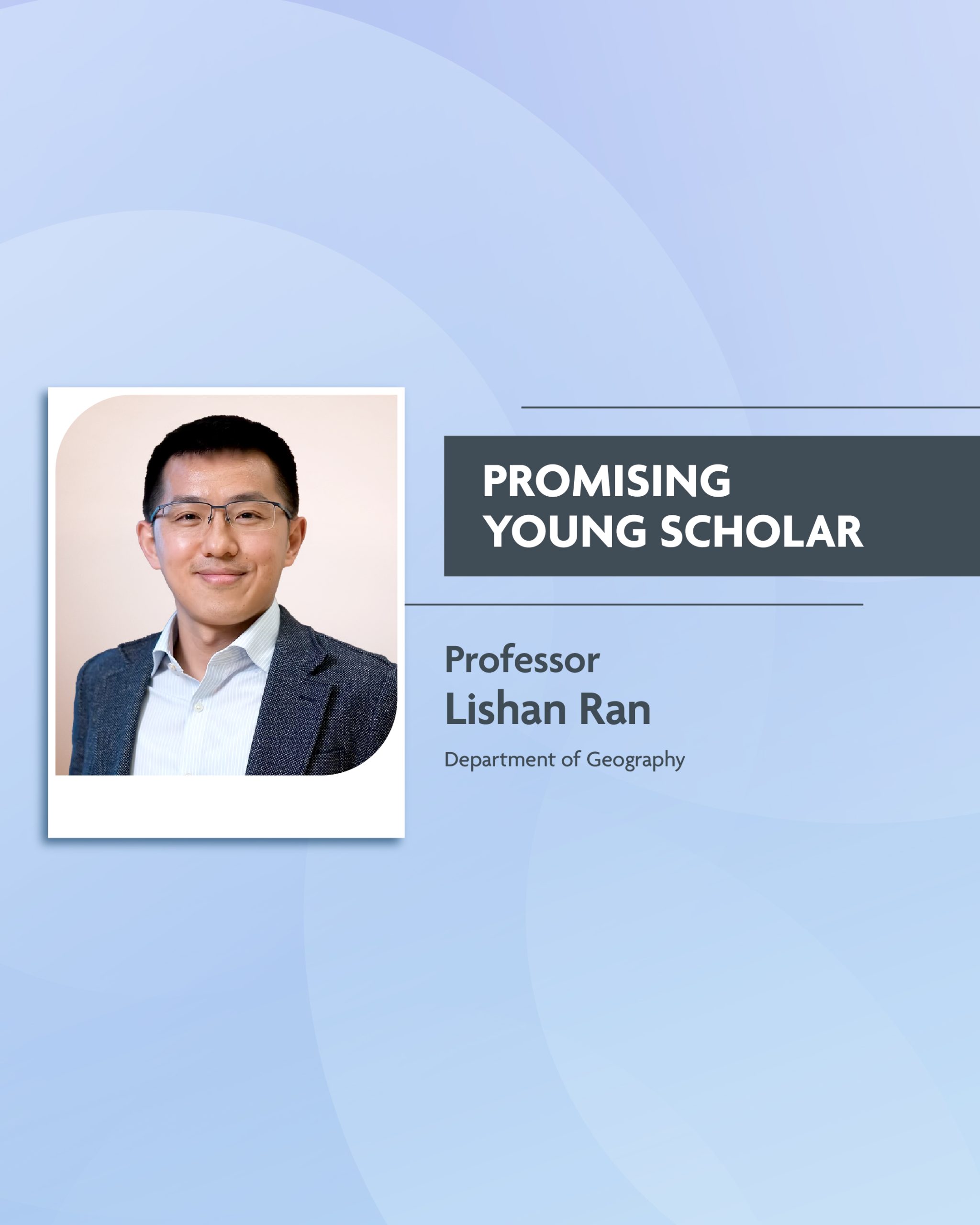Making Every Drop Count: Professor Lishan Ran’s Revolutionary Research on Inland Water Carbon Emissions
Professor Lishan Ran’s research into carbon emissions from inland waters led to major changes in measuring global emissions.
As a young child growing up in a small, peaceful village in Chongqing, near the banks of the Wujiang River, a major tributary of the Yangtze River, Professor Lishan Ran developed a love for water early in life.
“I enjoyed playing with the water in the river,” he recalls. “In summer, I went to the river for swimming, and also with my friends to catch crabs or fish. I had a very great passion for rivers, for water.”
That childhood love of water developed over the years into an academic career and research that has changed how the world measures carbon emissions.
Professor Ran joined The University of Hong Kong (HKU) in 2016 and is currently an Associate Professor in the Department of Geography. He received the HKU Outstanding Young Researcher Award in 2022 and was recently awarded a Collaborative Research Fund (CRF) grant by the Research Grants Council (RGC) in 2024/25 for the project titled “Carbon emissions from China’s inland waters and coastal ecosystems under global change”.
His work on aquatic carbon cycle impacts the lives and wellbeing of people around the world, as carbon in aquatic ecosystems creates the greenhouse gases that are changing the world’s climate. Global warming and rising temperatures are causing glaciers to melt and sea levels to rise – a phenomenon that is particularly worrying for Hong Kong. Floods and droughts are not only becoming more commonplace, but more intense.
“Nowadays, the frequency and magnitude of typhoons and storm surges are increasing,” says Professor Ran.
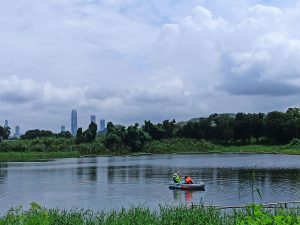
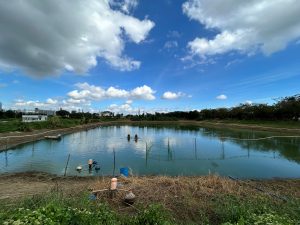
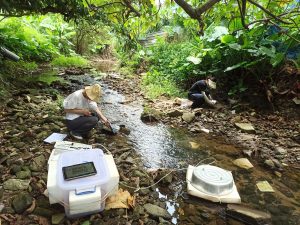
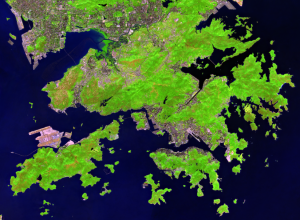
Emissions Omissions
Accurately measuring carbon emissions is essential to fighting global warming. When Professor Ran discovered that carbon emissions from inland waters – including rivers, lakes, reservoirs and wetlands – were not included in reports measuring total carbon emissions, he recognised it as a major oversight in global emissions calculations.
“Ten years ago, in all countries, inland waters were ignored because everyone thought the waters or rivers just conservatively transported carbon from the mountains into the ocean,” he explains. “But during the transport from upstream to downstream, there is a very strong biogeochemical transformation, with organic matter being changed to carbon dioxide or methane, and finally returned into the atmosphere.”
Professor Ran’s findings have changed the way the United Nations’ Intergovernmental Panel on Climate Change (IPCC) measures emissions. In the panel’s 2014 report, published before Professor Ran’s findings were available, emissions from waters were not included. However, following Professor Ran’s research study, in the IPCC’s Sixth Assessment Report (AR6), published in 2023, carbon emissions from inland waters are included.
“My results have also been included in the China National Carbon Budget report,” notes Professor Ran.
Blue Sky Project
Now Professor Ran is studying greenhouse gas emissions from aquaculture ponds, a blue sky project that won him the University’s Lasting Impact Fund – Young Scholar Scheme 2023/24.
China accounts for approximately 67% of global aquaculture production, with fish ponds covering about 40,300km2 of the country.
The idea for this four-year project stemmed from his visit to a small fish pond in Foshan, Guangdong Province, China, where he found extremely high levels of methane. Methane is one of the most powerful greenhouse gases – 28 times stronger than carbon dioxide.
“The methane flux was more than 100 times higher than from rivers or reservoirs,” he says. “I proposed an idea to research greenhouse gas emissions and the carbon cycle within the aquaculture ponds. I believe this is very important: if we really want to know how much carbon is emitted from China’s inland waters, we should never forget aquaculture ponds. Otherwise, our results will be totally biased.”
Using Technology to Delve Deeper
Happily for Professor Ran, his work relies heavily on fieldwork, allowing him a welcome escape from the office and a return to the waters of his childhood. These days, though, instead of fishing traps, he uses a range of advanced technologies to collect data.
“We deploy very sophisticated instruments in the rivers, lakes or aquaculture ponds for measuring, but also my research depends on remote sensing, satellite images, deep learning and artificial intelligence,” he says.
This data collection has allowed him and his team, for example, to construct a baseline for China’s carbon emissions in the 1980s and to build projections for emissions from now to the end of the century.
Professor Ran, who describes himself as half social scientist and half physical scientist, received his BSc in hydrology from Lanzhou University, and studied sediment as part of his MPhil in geomorphology at the Chinese Academy of Sciences. He gained his PhD in physical geography from the National University of Singapore, where he switched his topic from sediment to carbon after becoming intrigued by the subject.
“I would like to thank the University for supporting my research,” he says. “For a social scientist, it’s a little bit difficult to get this research award (Lasting Impact Fund – Young Scholar Scheme).”
Scope for Hope in Fighting Greenhouse Gases
Professor Ran believes continuing research into climate change coupled with growing environmental awareness are reasons for optimism in the fight against climate change.
“At the government level, we are trying to convert our traditional fossil fuels’ sources to cleaner energies, such as wind, solar and hydropower,” he says. “Also at the individual level, we are trying to enhance general public awareness. So, for example, at HKU, we are trying to promote environmental protection awareness to reduce use of disposable chopsticks, and also reduce straws. Every country is trying to reduce carbon emissions. From this perspective, we should be optimistic.”
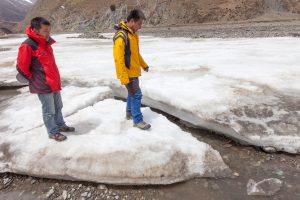
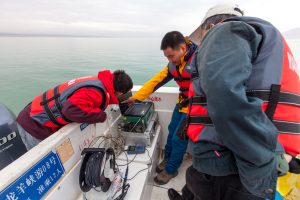
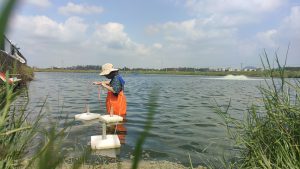
Professor Lishan Ran received the University’s Lasting Impact Fund – Young Scholar Scheme 2023/24 for the project “Aquatic Carbon Cycling and Greenhouse Gas Emission Dynamics in Aquaculture Ponds in the Greater Bay Area”. This Scheme aims to support innovative young scholars for their excellence in making a blue sky idea with a lasting impact that holds the potential to create new knowledge and/or profoundly transform the conceptual understanding of previous discoveries towards new directions or applications.
Contributing writer: Liana Cafolla
